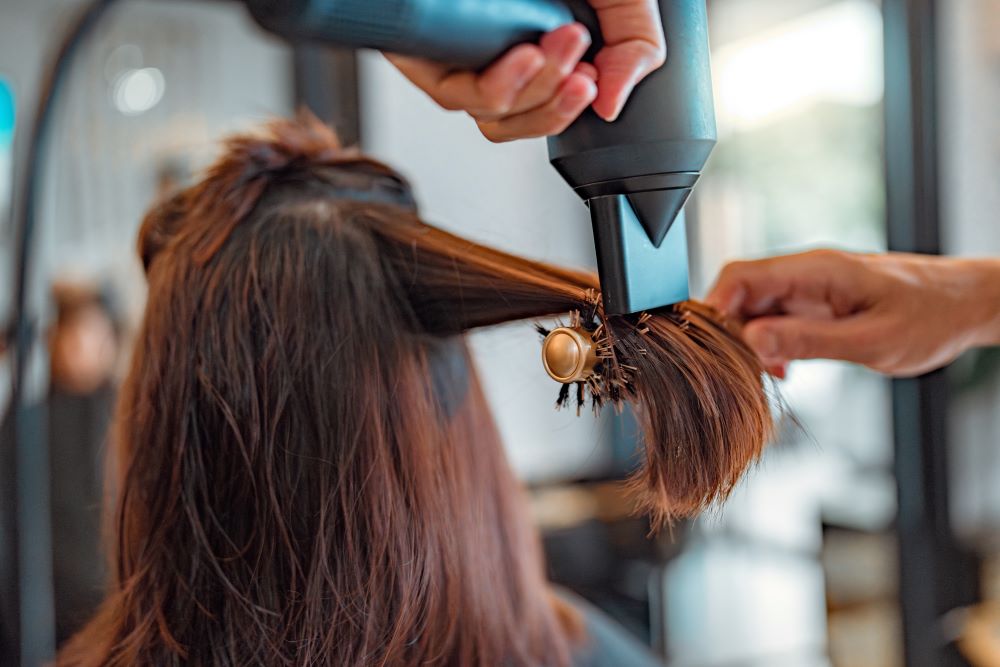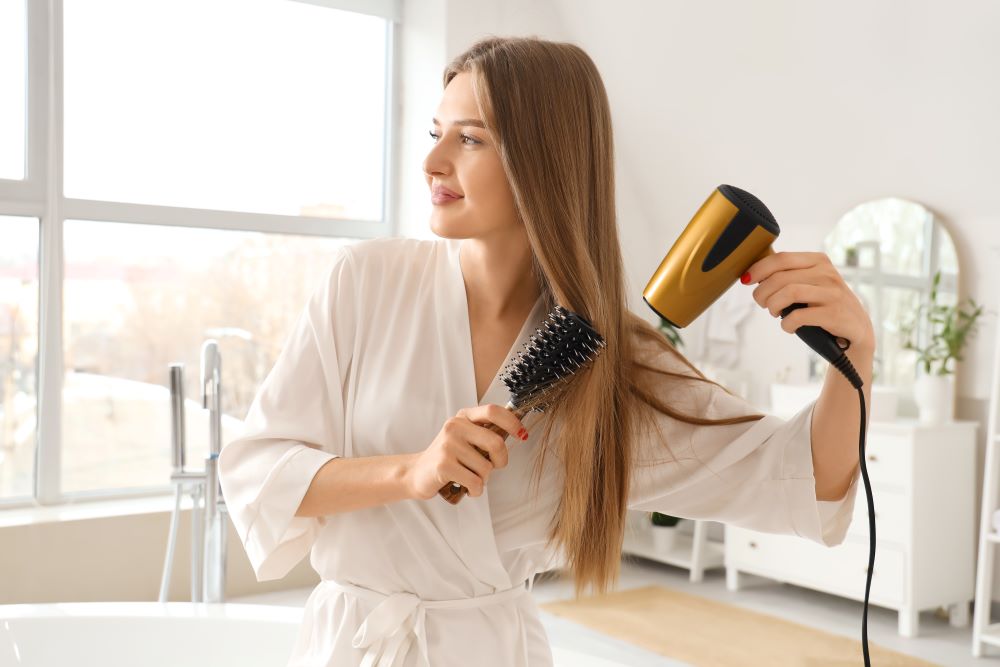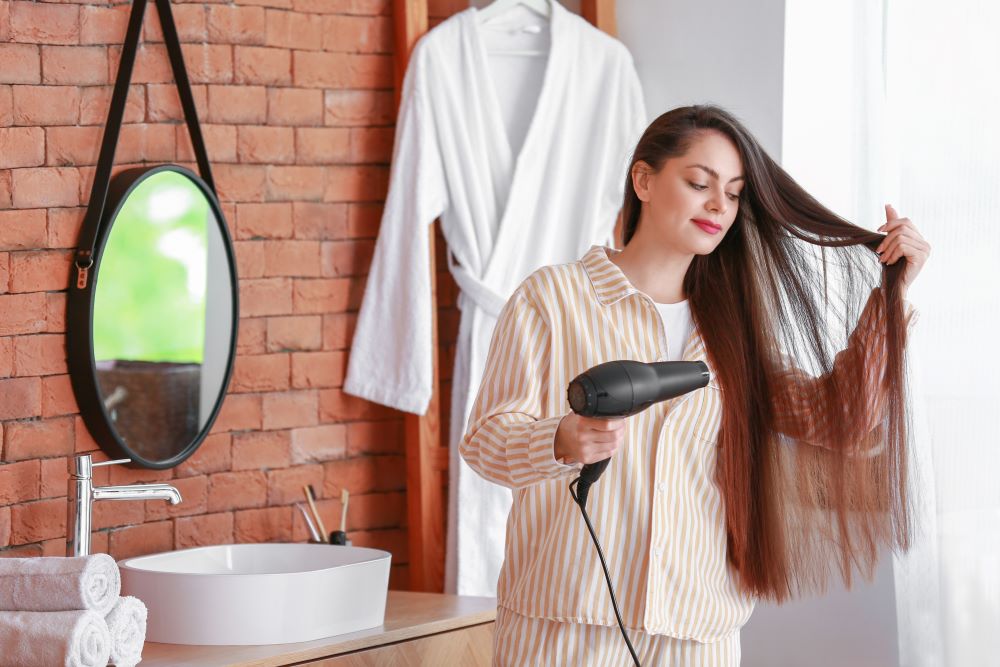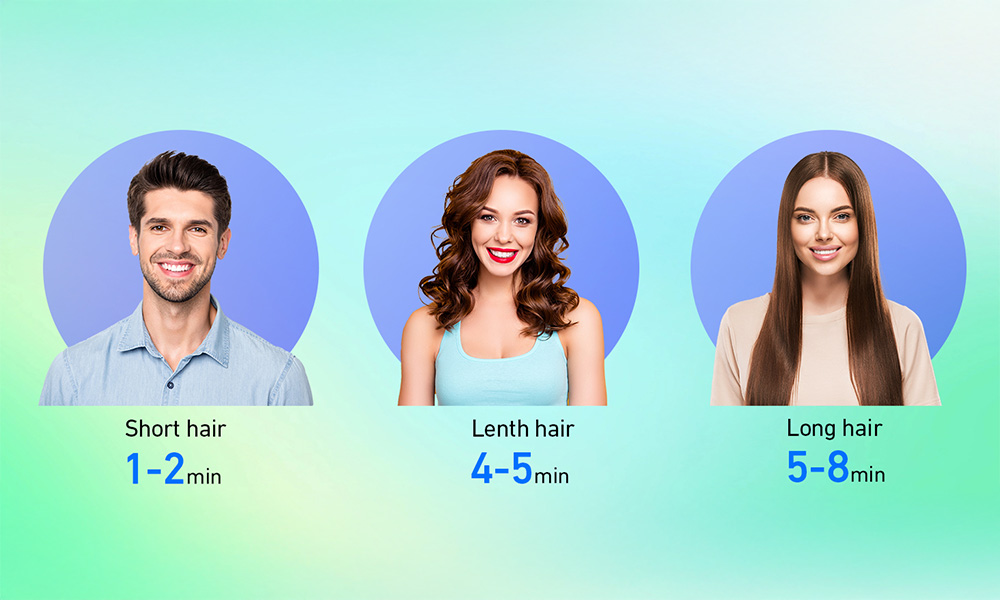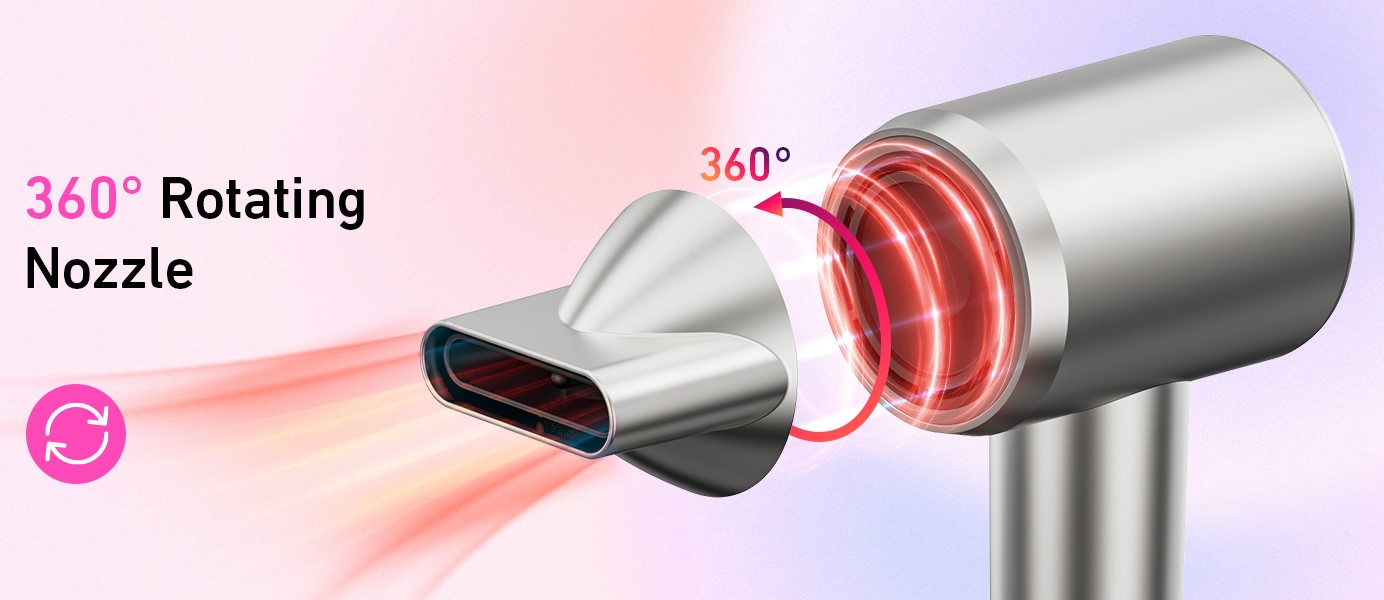
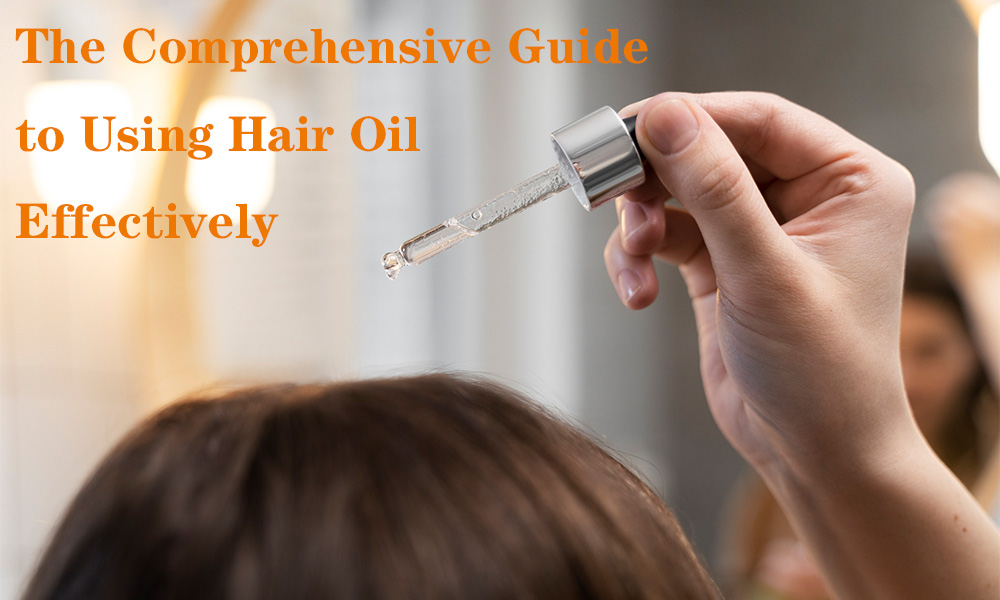
Hair oil has long been a staple in hair care routines across the globe, and for good reason. Whether it’s nourishing dry strands, enhancing shine, or providing a smooth finish to styled hair, hair oil has proven to be a versatile and essential product. Over the centuries, it has remained a key element in maintaining healthy, manageable hair. However, its application is not one-size-fits-all. Depending on your needs—whether it’s for daily care, styling, or outdoor protection—the way you use hair oil can vary significantly. In this comprehensive guide, we will dive into the various roles hair oil plays in different contexts. We’ll also discuss how to use it effectively for each situation and share expert recommendations from professional hairstylists to help you achieve the best results.
The Role of Hair Oil in Daily Hair Care, Styling, and Hair Health
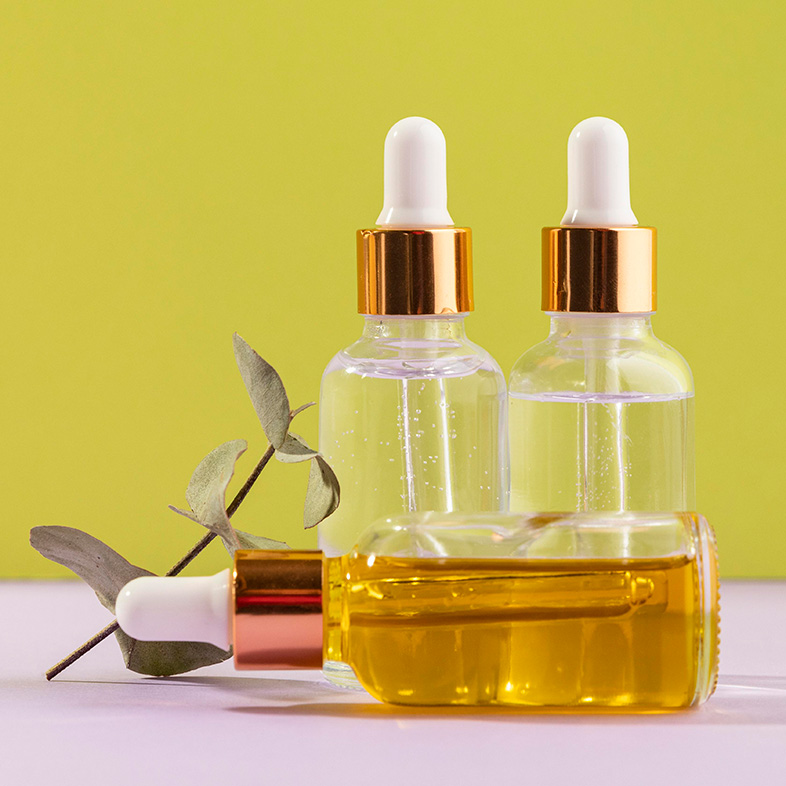
Hair oil is more than just a beauty product; it serves as an essential tool for maintaining healthy, well-nourished, and manageable hair. By incorporating hair oil into your routine, you can protect, strengthen, and enhance your hair’s natural beauty. Let’s explore how hair oil benefits daily hair care, styling, and overall hair health.
1. Nourishment and Deep Hydration
Hair needs moisture to stay soft, strong, and resilient. Hair oils such as argan oil, coconut oil, and jojoba oil are rich in essential fatty acids, vitamins, and antioxidants, which deeply penetrate the hair shaft, restoring lost moisture and preventing dryness. A consistent hair oiling routine helps:
Lock in hydration, reducing frizz and split ends.
Strengthen the hair structure, minimizing breakage and brittleness.
Improve hair elasticity, making it less prone to damage from brushing and styling.
2. Enhancing Hair Styling and Manageability
Hair oil plays a significant role in making hair more manageable and enhancing various hairstyles. Whether you’re dealing with flyaways, tangles, or an unpolished look, hair oil can:
Tame frizz and smooth flyaways for a sleek finish.
Add natural shine and gloss, making hair look healthier.
Improve curl definition and reduce unwanted frizz for wavy and curly hair types.
Provide a light hold and control, making it easier to shape and set styles.
A few drops of lightweight oils like argan oil or grapeseed oil before or after styling can significantly enhance your hair’s texture and appearance without leaving a greasy residue.
3. Supporting Scalp Health and Hair Growth
A healthy scalp is the foundation for strong, beautiful hair. Regularly massaging oil into your scalp can:
Improve blood circulation, promoting stronger hair follicles and healthier growth.
Reduce dryness, itchiness, and dandruff, keeping your scalp hydrated and balanced.
Provide antimicrobial benefits—oils like tea tree oil, batana oil, rosemary Oil and peppermint oil help prevent bacterial buildup and irritation.
Strengthen hair from the root, reducing excessive shedding.
For best results, apply a few drops of oil directly to the scalp, massage gently for a few minutes, and leave it on for at least an hour before washing.
Professional Hairstylists’ Tips and Recommendations

Top hairstylists worldwide swear by hair oil for achieving that perfect finish and maintaining hair health. Here are some of their best tips and recommendations to ensure you make the most out of your hair oil:
1. Use the Right Amount
One of the most common mistakes people make with hair oil is using too much. Hairstylists recommend starting with just a few drops and adding more only if necessary. Overusing hair oil can lead to buildup, making the hair appear greasy rather than nourished.
2. Apply Strategically
For fine or thin hair, apply oil only to the mid-lengths and ends to avoid weighing down the roots.
For thicker or curly hair, applying oil from root to tip can help retain moisture and enhance curl definition.
Always warm the oil between your palms before application to ensure even distribution.
3. Heat Protection and Styling Benefits
Hair oils act as a natural heat protectant by forming a barrier against high temperatures from styling tools. Before blow-drying or using a curling iron, apply a few drops of argan oil or avocado oil to protect your strands from heat damage.
4. Overnight Treatment for Deep Nourishment
Professional hairstylists recommend an overnight oil treatment for those with dry or damaged hair. Massage a generous amount of oil into your hair and scalp, cover with a silk scarf or shower cap, and wash it out in the morning for deeply hydrated, rejuvenated locks.
5. Use a Clarifying Shampoo to Prevent Buildup
Since frequent oiling can lead to residue accumulation, hairstylists advise using a clarifying shampoo once a week to cleanse the scalp and strands thoroughly.
How to Use Hair Oil During Outdoor Activities or Sports
Outdoor activities and sports expose hair to various environmental stressors, such as sun exposure, wind, humidity, dust, sweat, and water. Without proper protection, these elements can lead to dryness, breakage, frizz, and overall hair damage. Hair oil acts as a natural shield, helping to retain moisture, prevent protein loss, and keep your hair looking healthy and manageable. Below are the best ways to use hair oil for different outdoor conditions.
1. Sun Protection for Hair
Just like your skin, your hair is vulnerable to UV damage. Prolonged sun exposure can strip moisture from your strands, leaving them dry, brittle, and prone to color fading (especially for dyed hair). Using hair oil before stepping out provides a protective layer against harmful UV rays.
Best oils for sun protection: Coconut oil, olive oil, batana oil and argan oil have natural SPF properties that help shield hair from UV rays.
How to apply: Take a few drops of oil, rub it between your palms, and lightly coat your hair, focusing on the mid-lengths and ends. If you’re spending long hours in the sun, consider reapplying or wearing a hat or scarf for extra protection.
2. Protecting Hair from Chlorine and Saltwater
Swimming in a pool or ocean can be harsh on your hair. Chlorine strips natural oils and weakens hair proteins, while saltwater dehydrates the hair, making it rough and frizzy. Applying oil before swimming creates a barrier that prevents these elements from penetrating the hair shaft.
Best oils for swimming protection: Coconut oil and castor oil are highly water-resistant and provide long-lasting protection.
How to apply: Apply a generous amount of oil to damp hair before swimming. For extra protection, wear a swim cap to reduce direct contact with chlorine or saltwater.
Post-swim care: After swimming, rinse your hair immediately with fresh water and use a mild sulfate-free shampoo to cleanse without over-drying.
3. Shielding Hair from Wind and Dust
Engaging in jogging, cycling, hiking, or other outdoor sports exposes your hair to dust, dirt, and strong winds, which can lead to tangles, split ends, and breakage. Hair oil helps smooth the cuticle, reducing friction and making detangling easier.
Best oils for wind and dust protection: Jojoba oil, batana oil, argan oil, and almond oil help create a lightweight protective barrier without making hair greasy.
How to apply: Warm a few drops of oil in your hands and smooth it over your hair before stepping outside. If you have long hair, consider braiding or tying it up in a bun to minimize exposure to the elements.
4. Managing Sweat and Humidity
Sports and outdoor workouts cause excessive sweating, making hair greasy and prone to frizz. While you may think adding oil worsens the situation, lightweight oils can actually help control sweat-induced frizz and keep hair manageable.
Best oils for sweat and humidity control: Grapeseed oil and argan oil are lightweight and prevent excessive frizz.
How to apply: Use a minimal amount (1-2 drops), applying only to the ends to prevent excessive buildup. Post-workout, use a dry shampoo or rinse hair with water to remove sweat and excess oil.
Final Tips for Using Hair Oil During Outdoor Activities
Use lightweight oils for daily outdoor use to avoid a greasy look.
Apply a small amount—too much oil can attract dirt and sweat.
Combine oil with protective hairstyles (braids, buns, ponytails) for maximum benefits.
Wash your hair regularly to prevent oil buildup and maintain scalp health.
By incorporating hair oil into your outdoor hair care routine, you can effectively protect your strands from harsh elements while keeping them soft, smooth, and nourished.
How to Use Hair Oil Correctly

Using hair oil correctly is key to maximizing its benefits, whether for nourishment, styling, or protection. Applying too much or using the wrong technique can lead to greasiness, buildup, or even hair damage. Below is a step-by-step guide on how to apply hair oil properly, along with expert-recommended tips for different hair types and needs.
1. Choose the Right Hair Oil for Your Needs
Not all hair oils are created equal. The first step to effective hair oiling is selecting the right oil based on your hair type and concern:
For Dry and Frizzy Hair – Deep Hydration & Frizz Control
If your hair lacks moisture, feels rough, or becomes frizzy, opt for these deeply nourishing oils:
Coconut Oil – Rich in fatty acids, it penetrates the hair shaft, preventing protein loss and locking in moisture.
Argan Oil – Packed with antioxidants and Vitamin E, it smooths frizz and enhances shine.
Shea Butter Oil – Ideal for coarse hair, providing intense hydration and softness.
Best for: Thick, coarse, curly, or chemically treated hair.
– Lightweight & Non-Greasy
Fine or oily hair needs lightweight oils that nourish without weighing down strands.
Grapeseed Oil – A non-greasy option rich in Vitamin E that strengthens without adding excess oil.
Jojoba Oil – Mimics the scalp’s natural sebum, regulating oil production while keeping hair soft.
Batana Oil – A lightweight yet deeply penetrating oil that adds shine, softens hair, and helps with mild scalp dryness.
Best for: Straight, fine, or thin hair that gets oily quickly.
– Stimulate & Strengthen
If you’re dealing with thinning hair, dandruff, or slow growth, choose oils that stimulate circulation and nourish the scalp:
Castor Oil – High in ricinoleic acid, known to promote hair growth and strengthen roots.
Rosemary Oil – Enhances blood circulation to the scalp, encouraging new hair growth.
Batana Oil – Contains Omega-9 fatty acids, which repair damaged follicles and support hair regrowth, making it excellent for hair loss recovery.
Best for: Thinning, brittle hair or those experiencing hair loss.
– Shield & Restore
If you frequently blow-dry, straighten, or curl your hair, use oils that protect against heat damage and repair split ends:
Avocado Oil – A heat-resistant oil rich in monounsaturated fats that prevent moisture loss.
Argan Oil – Acts as a natural heat protectant while smoothing frizz.
Batana Oil – Known for repairing damaged cuticles and restoring shine, making it a great option for color-treated or heat-styled hair.
Best for: Colored, bleached, or heat-damaged hair.
Pro Tip: You can mix different oils for a customized hair treatment! For example, combining batana oil with jojoba oil balances hydration and scalp nourishment, while mixing argan oil with rosemary oil supports hair growth and shine.
2. Determine the Right Amount of Hair Oil
One of the biggest mistakes people make is overusing hair oil, leading to a greasy, weighed-down look. The ideal amount depends on your hair type:
Fine or short hair: 2-3 drops.
Medium-length hair: 4-6 drops.
Thick or curly hair: 6-10 drops.
Scalp treatment: 5-7 drops massaged into the roots.
Pro Tip: Always start with a small amount and add more if needed. Warm the oil between your palms for even distribution.
3. Step-by-Step Guide to Applying Hair Oil
Follow this structured application method for the best results:
A. Pre-Wash Deep Conditioning Treatment (For Nourishment & Repair)
Step 1: Warm a few drops of oil between your palms.
Step 2: Apply the oil from mid-lengths to ends, avoiding the scalp (unless treating scalp issues).
Step 3: Leave it on for 30 minutes to overnight for deeper penetration.
Step 4: Wash with a sulfate-free shampoo to prevent buildup.
Best for: Dry, damaged, or color-treated hair.
B. Post-Wash Application (For Styling & Frizz Control)
Step 1: Take 1-3 drops of lightweight oil (like argan or grapeseed oil).
Step 2: Rub between palms and smooth over damp or dry hair, focusing on the ends.
Step 3: Style as usual—this helps add shine, reduce frizz, and protect against humidity.
Best for: Frizz control, shine enhancement, and smooth styling.
C. Scalp Treatment Massage (For Hair Growth & Scalp Health)
Step 1: Part your hair and apply oil directly to the scalp.
Step 2: Use fingertips to massage in circular motions for 5-10 minutes to stimulate circulation.
Step 3: Leave for at least 30 minutes, then wash with shampoo.
Best for: Hair growth, dandruff, and scalp hydration.
4. Common Mistakes to Avoid When Using Hair Oil
Even with high-quality hair oil, improper application can reduce its effectiveness. Avoid these common mistakes:
Applying too much oil – Leads to greasy, heavy hair. Use only the recommended amount.
Oiling dirty hair – Oils work best on clean or slightly damp hair to maximize absorption.
Skipping a clarifying shampoo – Regular use of hair oil requires deep cleansing once a week to prevent buildup.
Applying oil before heat styling without protection – If you use heat tools, apply a dedicated heat protectant over the oil to avoid damage.
Pro Tip: If your hair feels greasy after oiling, use a small amount of dry shampoo to absorb excess oil.
Conclusion
Hair oil is an all-around solution for improving hair health, enhancing styling results, and providing protection during outdoor activities. Understanding its uses and following expert recommendations can transform your hair care routine for the better.
Embrace the power of hair oil in your daily hair care routine to achieve healthier, shinier, and stronger hair. Make sure to apply it correctly for the best results, whether you’re styling, protecting, or simply pampering your hair.
Popular Post

Ultimate Guide to Using a Hair Dryer with Nozzle for Styling
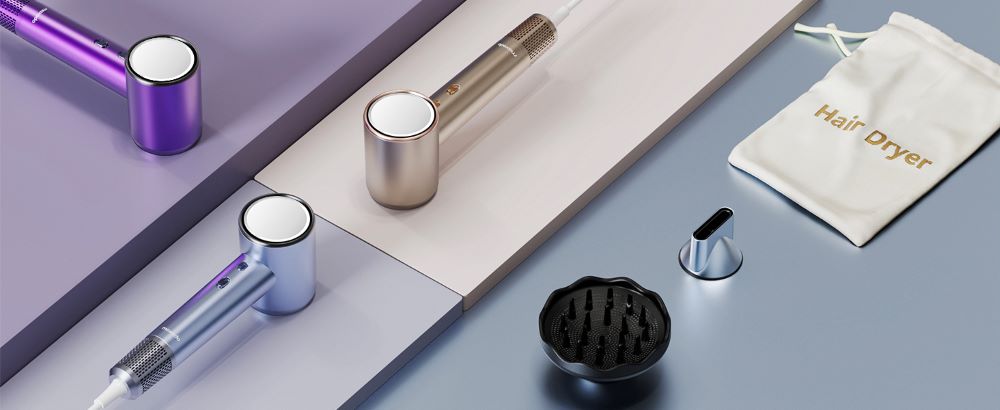
The Benefits of Using a Hair Dryer with a Diffuser
